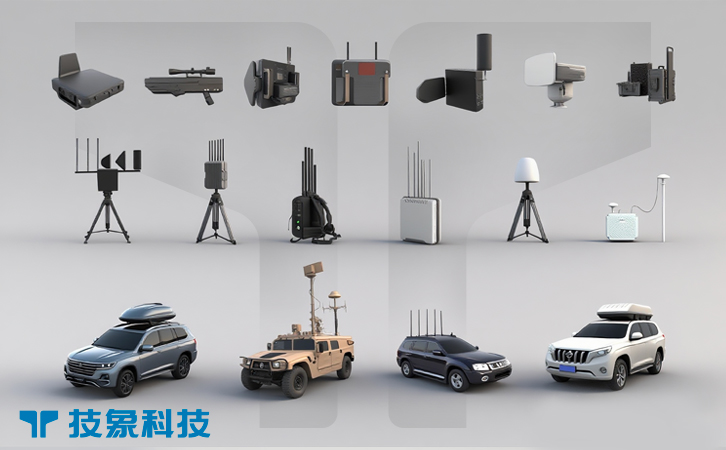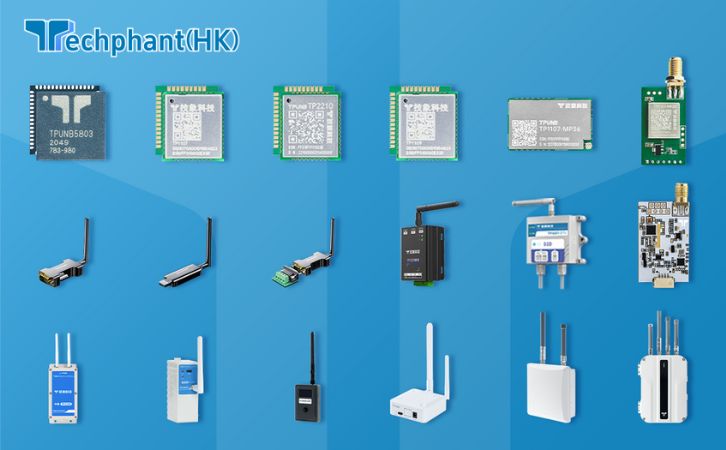The drone proliferation in 2025, with over 6 million UAVs worldwide, has created complex threats requiring sophisticated coordination, as rogue drones disrupt airspaces, conduct espionage, or launch swarms in conflicts. AI-driven command and control (C2) systems have emerged as a pivotal counter-drone technology, integrating sensors, analytics, and effectors into a unified platform for real-time decision-making. These systems use artificial intelligence to fuse data from radar, RF, and optical sources, enabling operators to detect, track, and neutralize threats efficiently. Ideal for military bases, airports, and urban security, they reduce response times and human error, making them essential for managing contested airspaces. This article explores the expanding drone threat, the mechanics of AI-driven C2 systems, their real-world applications, and the challenges and future potential of this integrated counter-UAV product.
I. The Expanding Drone Threat and Need for AI-Driven C2
Rogue drones have expanded into multifaceted threats, with incidents surpassing 2,500 globally in 2024, including disruptions at airports and events that lead to evacuations and millions in losses. In military scenarios like Ukraine, drone swarms—often low-cost and autonomous—overwhelm defenses, as seen in attacks on forward bases requiring rapid, coordinated responses. Civilian risks involve smuggling or surveillance, where UAVs exploit urban clutter to evade single-sensor detection.
Traditional C2 systems rely on manual integration, leading to delays and errors in high-threat environments. AI-driven C2 addresses this by automating data fusion and decision support, crucial for swarm defense where seconds matter. Their role is vital in layered countermeasures, as highlighted by the U.S. Army’s maturation of counter-drone C2 architectures in 2025, integrating sensors on vehicles for mobile operations. The DEFENSE Act, enacted in September 2025, emphasizes AI-enabled systems for civilian sites, underscoring their importance in providing intelligent, scalable defense against the volume and sophistication of drone threats.
II. Mechanics of AI-Driven Command and Control Systems
AI-driven C2 systems function by aggregating data from diverse sensors—radar for range, RF for signals, acoustic for noise, and optical/IR for visuals—using AI algorithms to create a comprehensive threat picture. Neural networks process this fusion, classifying drones via pattern recognition and predicting behaviors like swarming. Systems like Lockheed Martin’s scalable counter-UAS solution employ AI-enabled detection and combat-proven C2 to manage threats in real-time. Northrop Grumman’s integrated layered solution senses and intercepts threats, with AI orchestrating effectors like jammers or lasers.
The mechanics involve data ingestion, AI analysis for anomaly detection, and output to intuitive interfaces for operator decisions or autonomous actions. For example, DroneShield’s command-and-control leverages RF sensing, AI, and sensor fusion for electronic warfare. Advantages include reduced false positives, faster responses (under 10 seconds), and scalability for swarms. Limitations include high computational needs and vulnerability to cyber attacks on the C2 network. In 2025, advancements in edge AI and open architectures, as in the Army’s Project Flytrap, have improved integration, making these systems a central hub for C-UAS operations.
III. Applications and Real-World Deployments
AI-driven C2 systems are deployed in civilian and military contexts, coordinating defenses against drone threats. In civilian settings, airports like those in the U.S. use systems to manage airspace, fusing sensors for rapid alerts and neutralization, preventing disruptions. DroneShield’s SentryCiv protects critical infrastructure with AI-driven C2 for affordable, subscription-based security. During the 2025 G7 Summit, integrated C2 managed threats, ensuring seamless operations.
In military applications, the U.S. Marine Corps deploys counter-drone systems across units in 2025, using C2 to detect and defeat sUAS with kinetic and non-kinetic means. The Army’s request for AI-enabled airspace management in July 2025 aims to aid commanders in complex environments. CNAS reports on countering swarms emphasize AI in C2 for threat acceleration. The Counter UAS Technology USA Conference in December 2025 showcased these deployments, highlighting AI for autonomous threat handling. Success relies on sensor integration and training, but their coordinated approach makes them indispensable for multi-threat scenarios.
IV. Challenges and Future Prospects
AI-driven C2 systems confront technical, interoperability, and ethical challenges. High data volumes demand powerful computing, increasing costs and complexity, while sensor compatibility issues can hinder fusion. Cyber vulnerabilities expose C2 to hacking, necessitating robust security. Costs, starting at $200,000 for advanced platforms, limit smaller deployments.
Regulatory hurdles include FCC restrictions on integrated jammers and FAA rules for airspace management, though the September 2025 DEFENSE Act eases federal use. Ethical concerns involve AI decision autonomy in lethal scenarios, requiring oversight under ITU guidelines. Future prospects are promising, with 2025 innovations in AI from the Navy’s program accelerating drone tech under field conditions. By 2030, the counter-UAS market is expected to grow, with C2 systems leading due to their intelligence. Policy support and ethical frameworks will ensure responsible use, positioning AI-driven C2 as a cornerstone of aerial defense.
Conclusion
AI-driven command and control systems revolutionize counter-drone operations, fusing sensors for comprehensive defense in 2025’s drone-threatened skies. Their ability to automate threat management makes them ideal for airports, events, and military bases, overcoming single-system limitations. Despite challenges like costs and ethics, real-world deployments and emerging AI advancements highlight their transformative potential. As threats evolve, these systems—supported by policy reforms—will remain vital in layered defenses. By addressing hurdles, stakeholders can leverage this technology to secure airspaces, ensuring safety and efficiency in a drone-dominated world.



